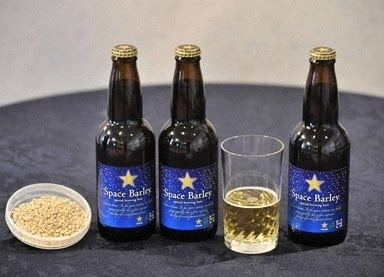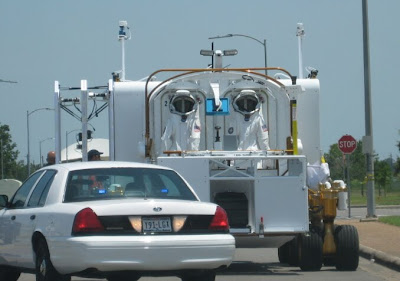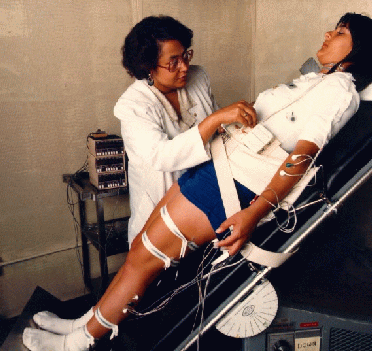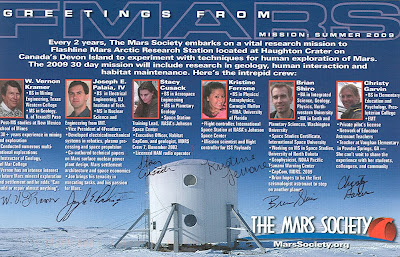So I’m bracing myself for the next announcement by the Review of U.S. Human Space Flight Plans Committee, which is supposed to be sometime today.
The group agreed to retire the shuttle in 2011, extend the ISS until 2020 and use commercial rockets. NASA's lunar program, Constellation, is running $50 billion over budget; not terribly inspiring news in a recession, but other alternatives are equally expensive, requiring $20 billion more than the current budget.

Thunder rumbles, and if the recent darkening of clouds in the coverage of the HSFPC meetings are any indication of final outcome, it seems impossible to embark upon manned missions to the Moon or Mars in our immediate future. The debates could fill an entire blog, but here’s a taste:
Buzz Aldrin: Why We Need To Go To Mars
Moon? Been there. The outspoken Apollo astronaut says skip it and keep on boldly going. He makes a compelling argument as to why Mars should be the focus of the nation… but will people agree with him that Mars should be a ONE-WAY TRIP?
Joseph Rom: Sorry, Buzz Aldrin, we’re not sending people to Mars
Is he a pragmatist or just a big downer?
Statement by Michael Griffin to the Committee
The previous NASA administrator defends his original “moon first” plan, saying full commitment to a Mars voyage without first gaining long-term experience in living off-planet is too risky. However, he continues to emphasize that “Our goal should be broader than any single option.”
 Short but Bold Statement by Arizona Congresswoman Gabrielle Gifford
Short but Bold Statement by Arizona Congresswoman Gabrielle GiffordMy favorite summary. And, um... definitely the first time I’ve ever looked at someone in Congress and thought, “You go girl!”
No More Small Steps, Let Alone Giant Leaps?
Sally Ride's presentation at the final HSFPC meeting
One line of reasoning that stood out was Griffin’s comment that wherever the focus turns, no goals will be achieved during any single presidential administration or any single generation. He analogized that even if we choose one jet design over another in the course of development, we don’t screech to a halt every four years and “debate the purpose” of the US Air Force. Pretty darned good point.
Of course, the future of our space-faring activity is complex and charged with emotions, dangers, costs and national pride... but while we’re arguing about it, China’s going to the moon. And I just keep thinking to myself, if all this is going on before the report is released, the aftermath will be explosive.





























